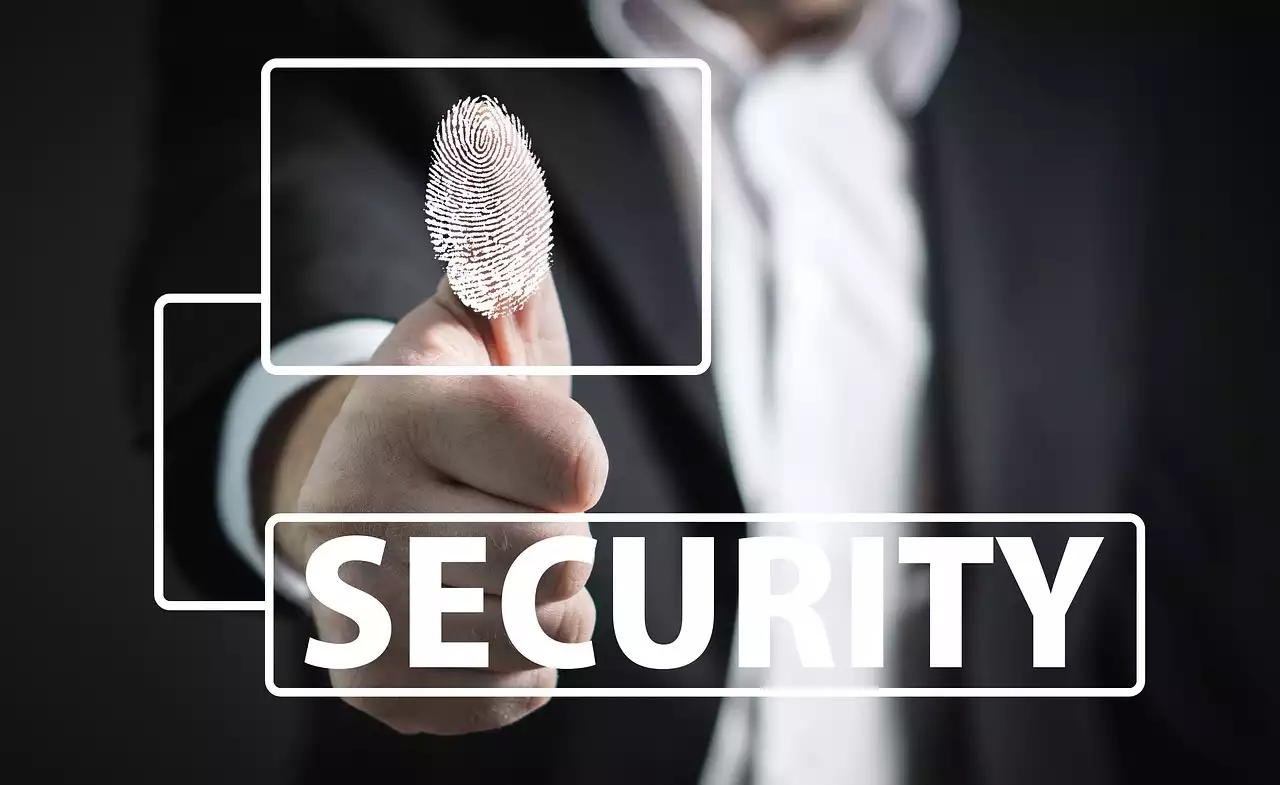Importance of Domain Security
Before we delve into the ways to protect your domain from cyber threats, it’s important to understand why domain security is so crucial. Your domain name is an essential asset for your business, and losing it can have a severe impact on your online presence, reputation, and revenue. Cyber threats can come in many forms, such as DDoS attacks, phishing, malware, and hacking attempts. These attacks can cause significant damage to your business, ranging from data theft to loss of revenue and customer trust. Therefore, it’s essential to invest in domain security measures to mitigate the risks and prevent cyber attacks from disrupting your business operations.
Common Cyber Threats to Domains
Before we explore the ways to protect your domain, it’s crucial to understand the common cyber threats that can affect your domain. The most common types of cyber threats to domains include:
Phishing
Phishing is a type of cyber attack where hackers send fraudulent emails or messages to trick users into divulging sensitive information, such as login credentials or credit card details. These attacks often use social engineering tactics to mimic legitimate websites or services, making it difficult for users to differentiate between real and fake links.
Malware
Malware is a type of malicious software that can infect your website or computer and cause damage or steal sensitive data. Malware can enter your system through various channels, such as email attachments, infected software, or vulnerabilities in your website software.
DDoS Attacks
DDoS (Distributed Denial of Service) attacks are a type of cyber attack where hackers flood your website with traffic to overwhelm your server and disrupt your services. These attacks can cause your website to crash or become inaccessible, leading to a loss of revenue and a negative impact on customer experience.
What is a DDoS Attack?
5 Ways to Protect Your Domain from Cyber Threats
Now that we’ve covered the importance of domain security and the common cyber threats to domains, let’s explore five practical ways to protect your domain from cyber threats.
1. Use Strong Passwords and Two-Factor Authentication
One of the most basic and effective ways to protect your domain is to use strong passwords and enable two-factor authentication. Weak passwords are a common entry point for hackers, who can use automated tools to guess or crack them. Therefore, it’s essential to use complex passwords that are difficult to guess, such as a combination of uppercase and lowercase letters, numbers, and special characters. Additionally, enabling two-factor authentication adds an extra layer of security by requiring a second form of verification, such as a code sent to your phone or email.
2. Keep Your Domain Registration Information Private
Your domain registration information contains sensitive details such as your name, address, and phone number. This information is publicly available in the WHOIS database, which can be accessed by anyone. Hackers can use this information to launch targeted attacks or steal your identity. Therefore, it’s essential to keep your domain registration information private by using a domain privacy service or opting for the registry’s private registration option.
3. Regularly Update and Patch Your Website Software
Another key aspect of domain security is keeping your website software up to date and patched. Software updates often include security patches that address vulnerabilities and bugs that can be exploited by hackers. Therefore, it’s essential to install updates as soon as they become available. Additionally, it’s important to regularly scan your website for vulnerabilities and malware using security tools such as antivirus software, malware scanners, and vulnerability scanners.
4. Use a Web Application Firewall
A web application firewall (WAF) is a security solution that protects your website from a wide range of cyber threats, such as SQL injection, cross-site scripting (XSS), and DDoS attacks. A WAF works by filtering incoming traffic and blocking malicious requests before they can reach your website. This can significantly reduce the risks of cyber attacks and ensure that your website remains available and secure for your users.
5. Conduct Regular Security Audits
Lastly, it’s essential to conduct regular security audits to assess your domain’s security posture and identify any vulnerabilities or weaknesses. A security audit can help you identify the areas that need improvement and implement the necessary measures to address them. Additionally, it’s important to educate your employees and users about the importance of domain security and provide them with the necessary training and resources to stay safe online.
Additional Tips for Domain Security
In addition to the five ways mentioned above, here are some additional tips to help you protect your domain from cyber threats:
- Use an SSL certificate to encrypt your website traffic and protect user data.
- Back up your website and data regularly to ensure that you can recover from any cyber attacks or data loss.
- Use a reputable hosting provider that offers robust security measures and support.
- Monitor your website’s traffic and logs for any unusual activity or suspicious behavior.








.png?size=50)

